Wake Forest has grown immensely since its humble small town status in the 1980s and 90s, with its population increasing tenfold since 1990. Despite the monstrous growth, the heart of Wake Forest, centered around South White Street, has remained largely the same.
Most White Street residents typically think of it as only about half a mile long, but it’s packed with small businesses, families and history. The town was founded in the early 1800s, beginning its life as a large plantation, eventually becoming a small settlement centered around its downtown area.
Today, dozens of local businesses are scattered throughout the town, from dining to shopping. Although many businesses receive large crowds, the Cotton Company receives some of the most traffic, being a hotspot for local artists. Jann Greenberg, general manager of the Cotton Company, has enjoyed helping artists for the years she’s lived in Wake Forest.
“The Cotton Company opened in 2000, and although it has changed throughout the years, it has remained a mainstay of downtown,” Greenberg said. “The artisans and retail markets offer such a variety of creative and unique merchandise.”
Although many may think such a historic town would be fairly exclusive to an older audience, its proximity to Wake Forest High School enables it to be a hotspot for students as well. Between coffee shops, a record store and numerous boutiques, there’s plenty to do for a group of teenagers after school.
Allie Dubiel is a senior at Wake Forest High School, and often makes visits to downtown Wake Forest after her school day.
“I always come here with a group of friends,” Dubiel said. “It’s definitely not extravagant, but it’s comfortable.”
The small-town feel of Wake Forest is no accident. Mayor Vivian Jones and Downtown Development Director Jennifer Herbert work together to keep Wake Forest the historical centerpiece it is, while helping to develop it into a thriving town that encourages more and more visitors.
“[White Street] is the heart and soul of our downtown. It’s a gathering place, and it keeps that local feel,” Jones said. “It’ll always look how it looks now.”
Juggling both growth and preservation can be difficult, but the Wake Forest local government is committed to remaining as original as possible.
“The historic core will not change,” Herbert said. “I want someone to have that small town feel. That’s what drew me to Wake Forest; I want everyone to feel welcomed.”
Beyond day-to-day business operation, Wake Forest also holds occasional events to attract even more people to its historical center. Friday Night on White, a seasonal event and summer staple for locals, hosts musicians and vendors out on White Street, drawing hundreds of people to the area to shop, eat and just generally have a good time.
“Friday Night on White and other downtown events are very positive for [local businesses],” Greenberg said. “We love the foot traffic they bring… it’s wonderful to see so many people out enjoying what the town has to offer.”
For residents of Wake Forest, Friday Night on White is a great way to enjoy live music, local art and businesses.
“Friday Night on White is very big here, people love to come out for that,” said Dubiel. “The streets are always filled. It’s a great place to hangout with people; there’s small businesses to support and activities to attend.”
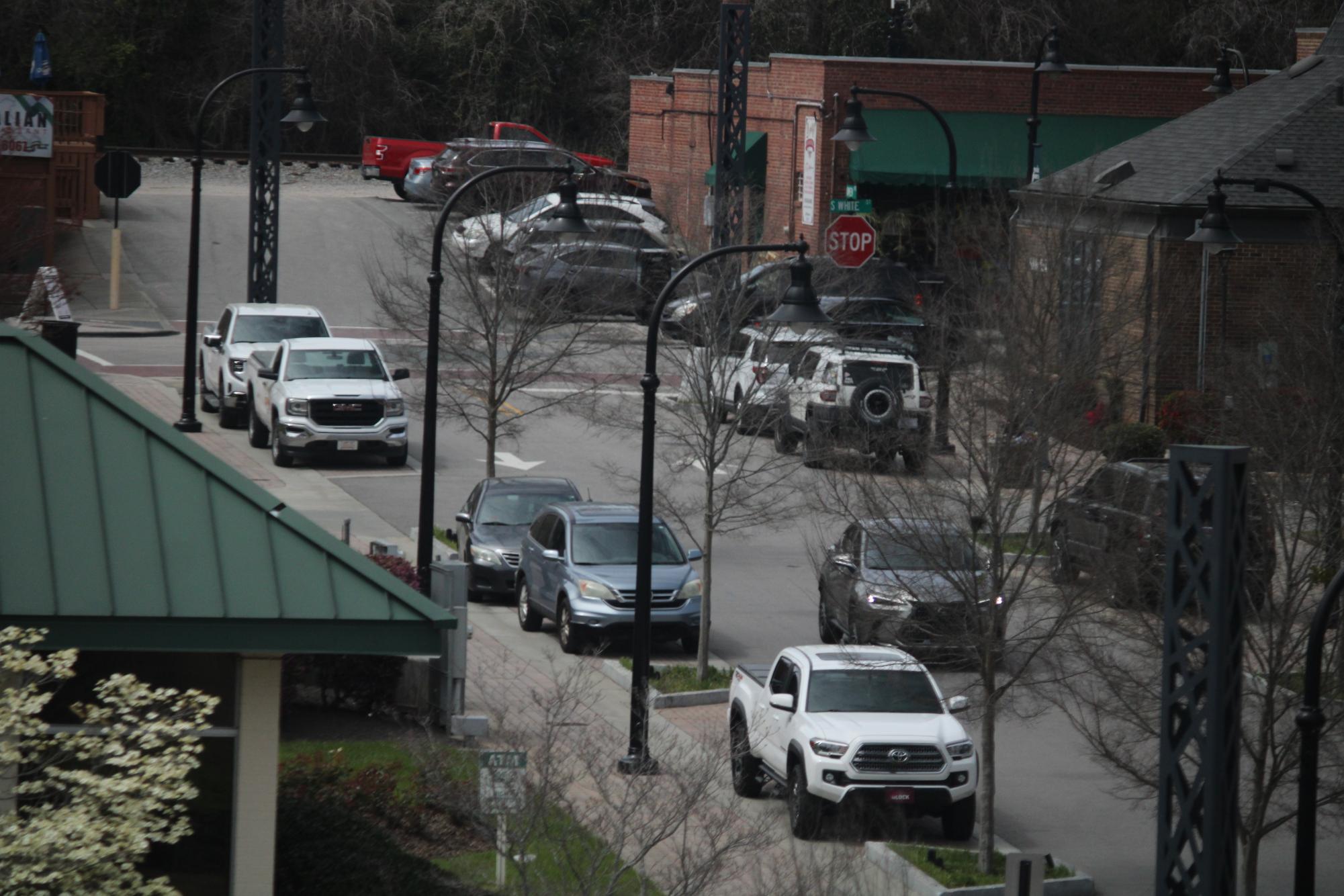
Although the downtown area has seen a huge explosion of popularity and growth, the area immediately surrounding White Street has remained largely the same. One of the few walkable communities in the area, it remains a staple of the Wake Forest – Rolesville area.
“When we started these [downtown events], people came in that had never been. The difference it made to our businesses is incredible,” Jones said. “We’ve been much, much more successful than before.”
Small towns remain quaint because of local businesses. Supporting these local businesses is crucial in supporting the towns they reside.
“The reality is that small businesses will always be unique. There’s only one of each. Local businesses encourage people to be downtown,” Herbert said. “We try to appeal to as many as possible. Whatever their impression is, I hope they would love to come back.”





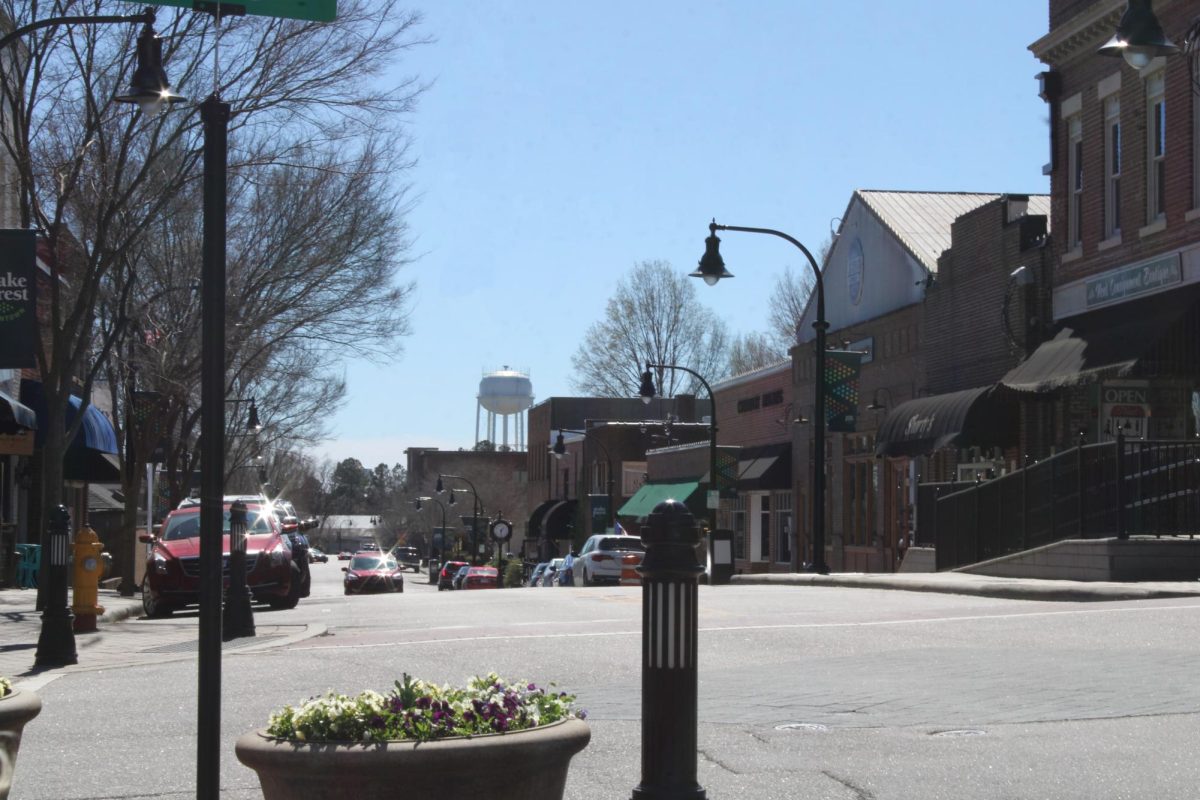




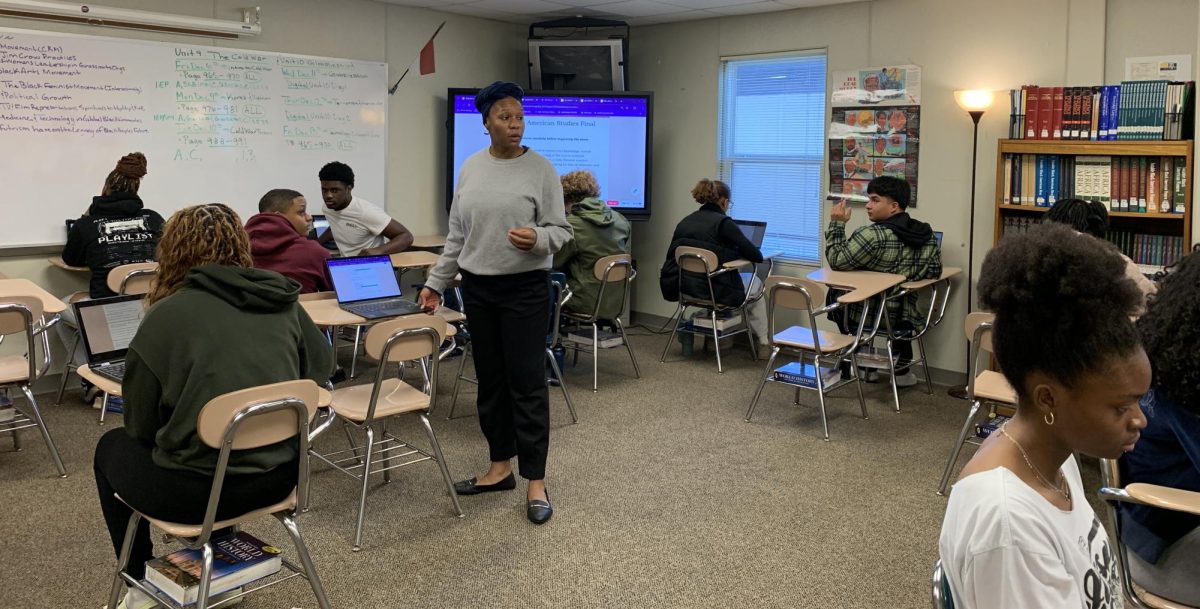
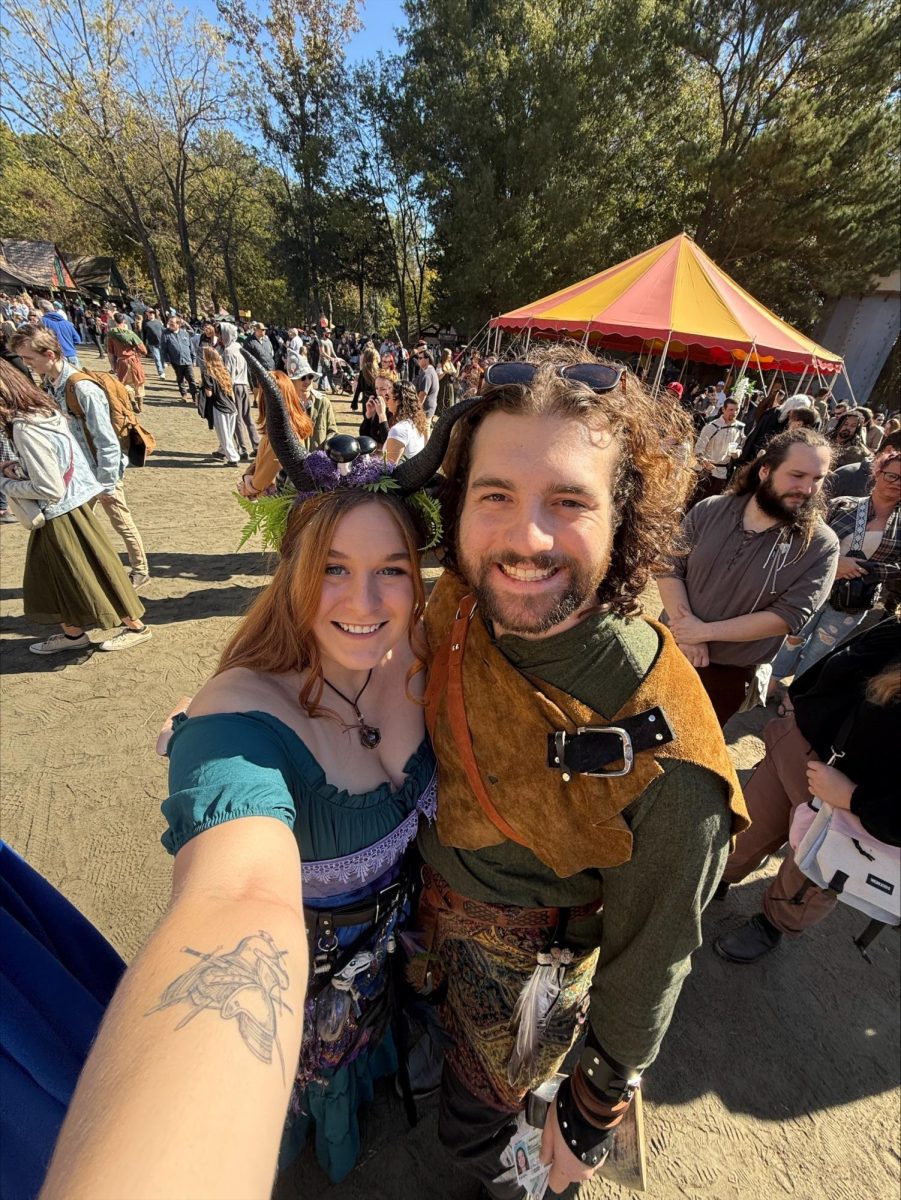
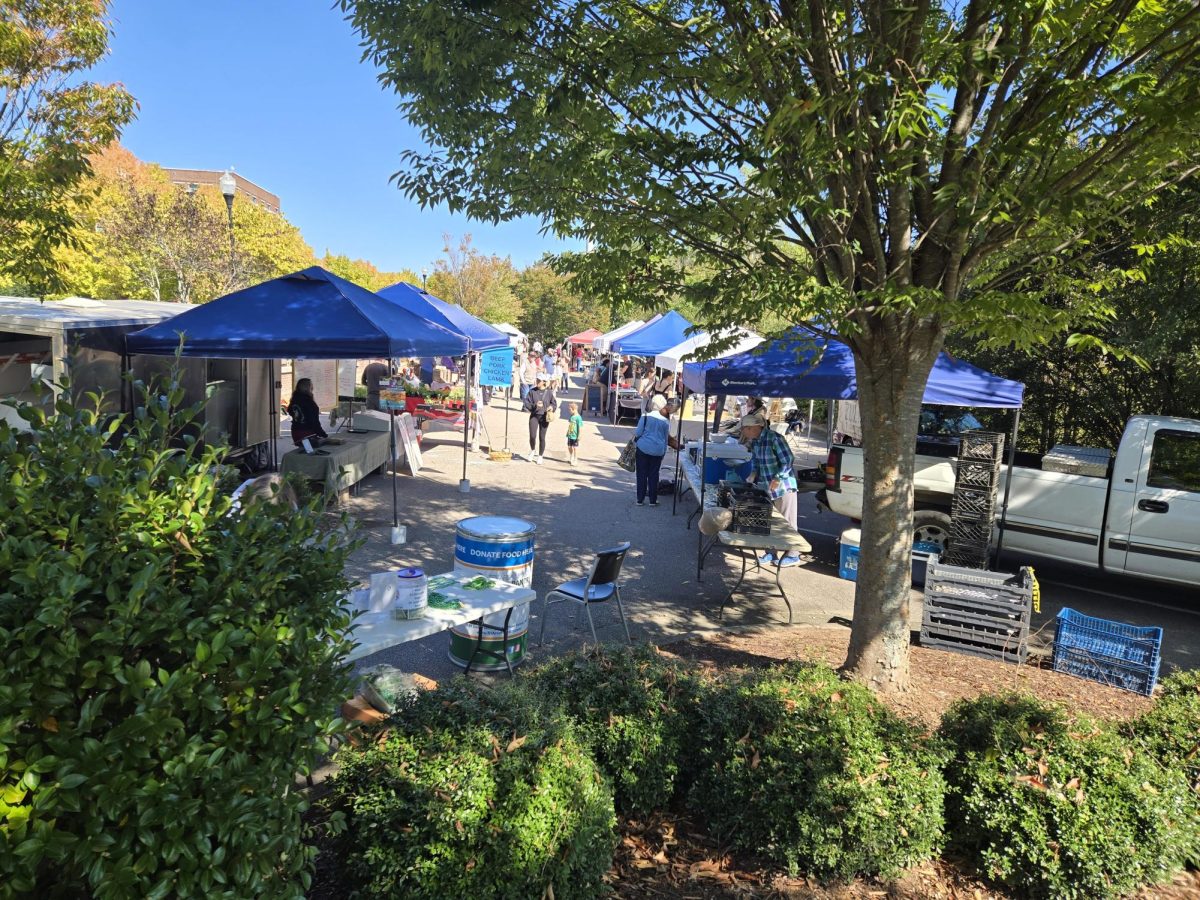

Margaret • May 2, 2024 at 1:20 pm
Great article! Love it when teens take an interest in local issues. I encourage Howler readers & staff to be active citizens & stakeholders. Fill out the surveys when the town is polling stakeholders. If you want to see something changed around town utilize the public comment period at the town meetings. Everyone has a voice & a seat at the table regardless of their age.